Level One: Seeing the Big Picture
283
For more on crediting sources of visuals, see section B in the Quick Format Guide.
Begin your close reading of an image by discovering what you can about its origins and overall composition. If you include the image in a paper, you will need to cite the source and its “author” or artist, just as you would if you were including text from a reading, an article, or a literary work.
Source, Purpose, and Audience
Identifying the background of an image is sometimes complicated. For example, an image may appear in its original context or in a different situation, used seriously, humorously, or allusively.
What is the context for the image? If it is an ad, when and where did it run? If it is a photograph, painting, or other work of art, who is the artist? Where and how has it been published, circulated, or exhibited?
What is the purpose of the image?
What audience does it aim to attract? How does it appeal to viewers?
Prominent Element
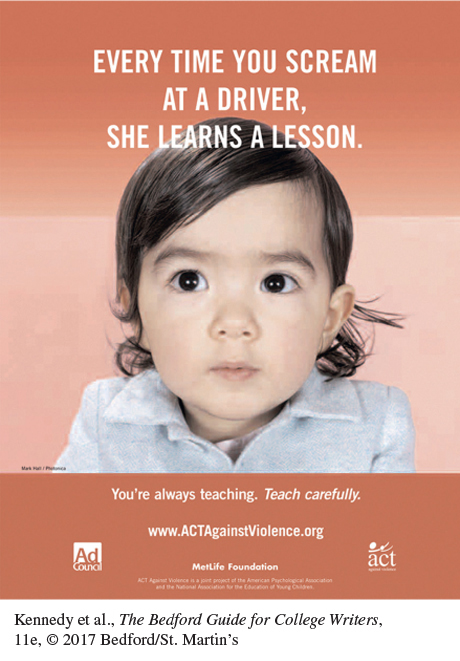
Next, examine the overall composition of the image. Ask yourself, “Is there one prominent element—object, person, background, writing—in the image that immediately attracts my attention?”
Answering that question is easy for a visual that showcases a single object or person, as in Figure 14.1. There, the child is the obvious prominent element. Her dark eyes, framed by her dark hair, draw the viewer to her alert, intent expression. That expression suggests her capacity to learn from all she observes. The text above and below her image reinforces this message as it cautions adults to be careful what they teach children through their own conduct.
Identifying the prominent element can be more complicated for a visual showing a whole scene or inviting many interpretations. For example, what draws your eye in Figure 14.2? Many people would first notice the neon sign on the left. The sign is bright, colorful (in a photo otherwise dominated by black and white tones), and framed neatly by the first window panel. People who read from left to right and top to bottom—including most Americans and Europeans—typically read photographs in the same way. For this reason, artists and photographers often position key elements—those they want viewers to see right away—somewhere in the upper left quadrant, drawing the viewer’s eye into the image at the upper left corner. (See Figure 14.3.)
284
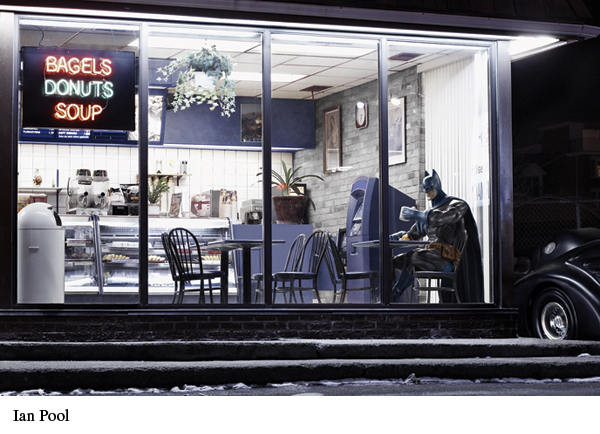
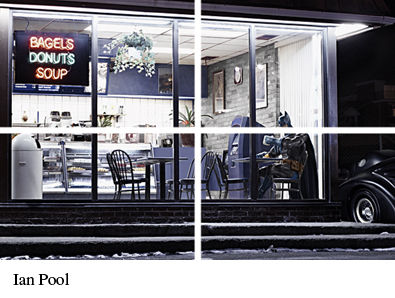
Figure 14.3: Figure 14.3 Photograph divided into quarters.
|
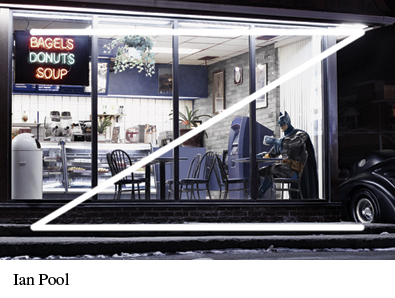
Figure 14.4: Figure 14.4 Z pattern often used to read images.
|
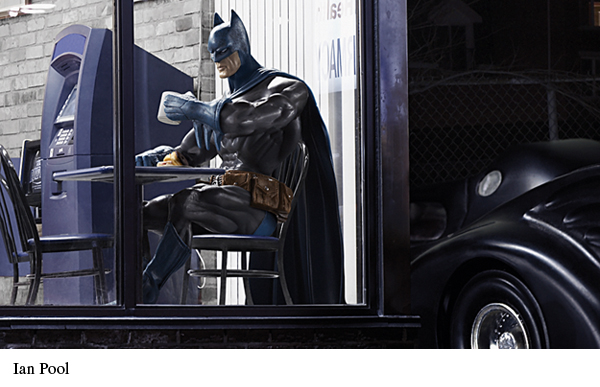
285
Focal Point
There is another reason the reader’s eye might be drawn first to the neon sign on the left in Figure 14.2. This simple yet bold sign communicates much about the place as a whole, announcing it to be an inexpensive, down-to-earth restaurant, offering simple fare. It probably opens early and stays open late, maybe even all night, serving average people of modest means. As a focal point, therefore, this sign sets up an important point of contrast with the unusual customer seated at the right. Because of the left-to-right and top-to-bottom reading pattern, most of us view photographs in a Z pattern, as shown in Figure 14.4. Thus, the bottom right corner of an image is a second important position that a skilled photographer can use to hold viewers’ attention. When you look at the “big picture,” you can see an image’s overall composition, identify its prominent element, and determine its focal point.
VISUAL ANALYSIS CHECKLIST
Seeing the Big Picture
What is the source of the image? What is its purpose and audience?
What prominent element in the image immediately attracts your attention? How and why does it draw you into the image?
What is the focal point of the image? How does the image direct your attention to this point? What path does your eye follow as you observe the image?
Learning by Doing Seeing the Big Picture
Learning by Doing Seeing the Big Picture
Seeing the Big Picture
Working with a classmate or a small group, select another image in this book such as one that opens or closes a chapter. Consider the image’s purpose and audience (in its original context or in this book), but concentrate on its prominent element, which draws the viewer’s eye, and its focal point, which suggests the center of its action or moment. Share analyses in a class discussion, or report or post yours for another group.